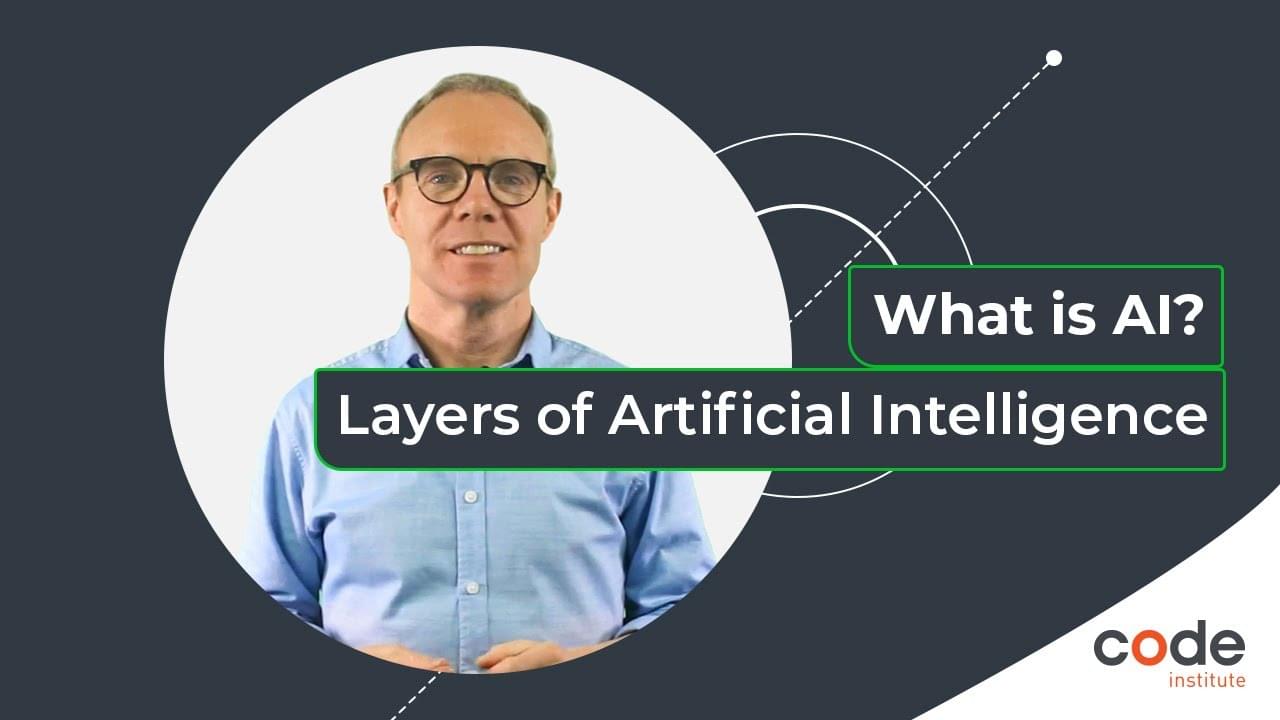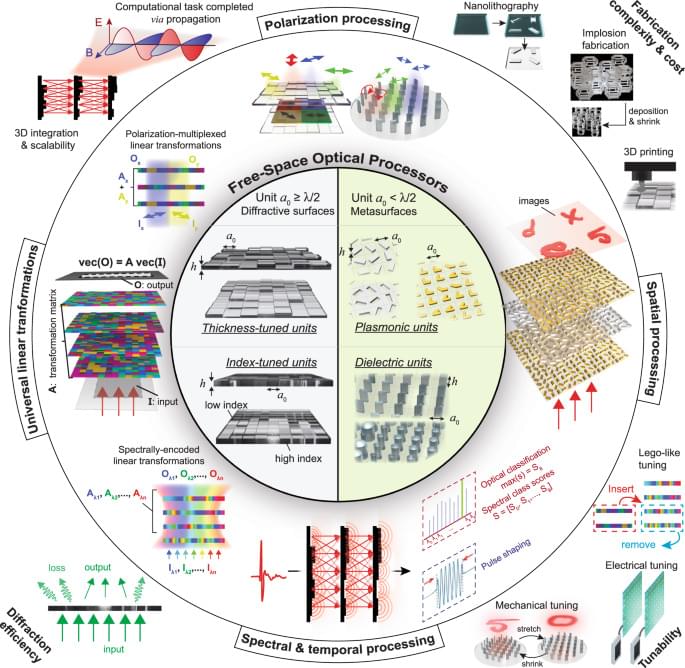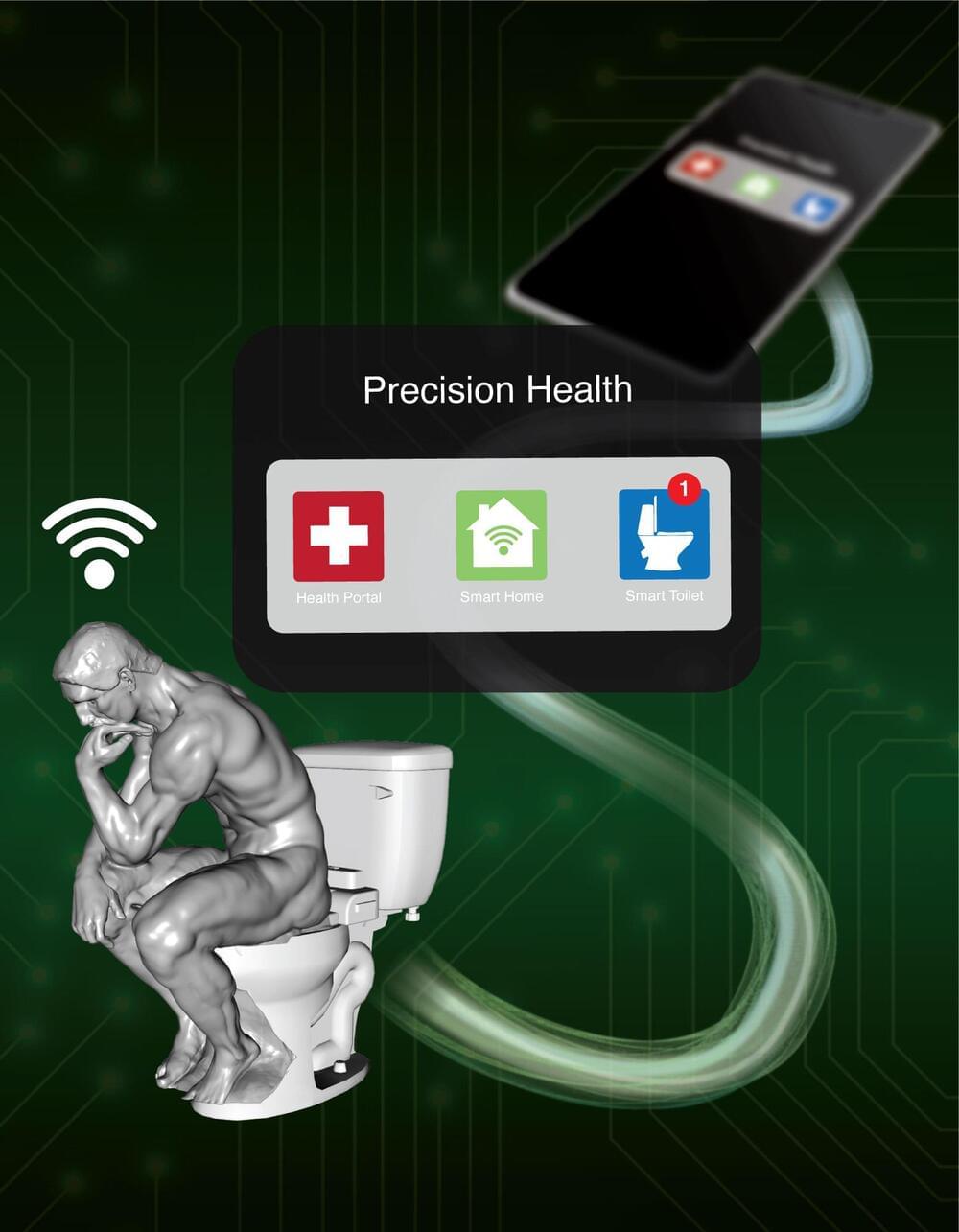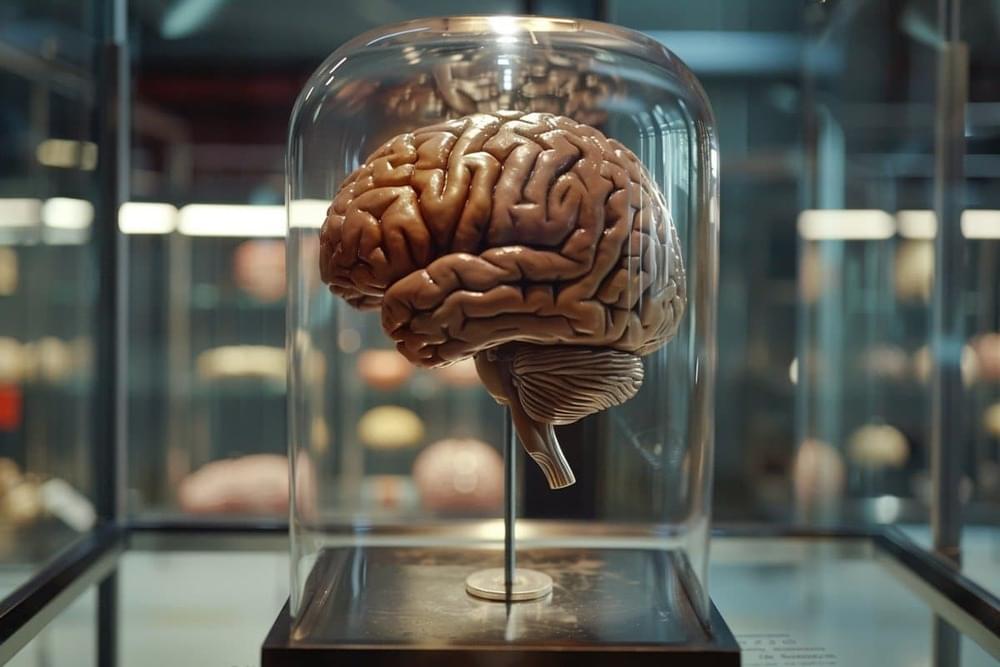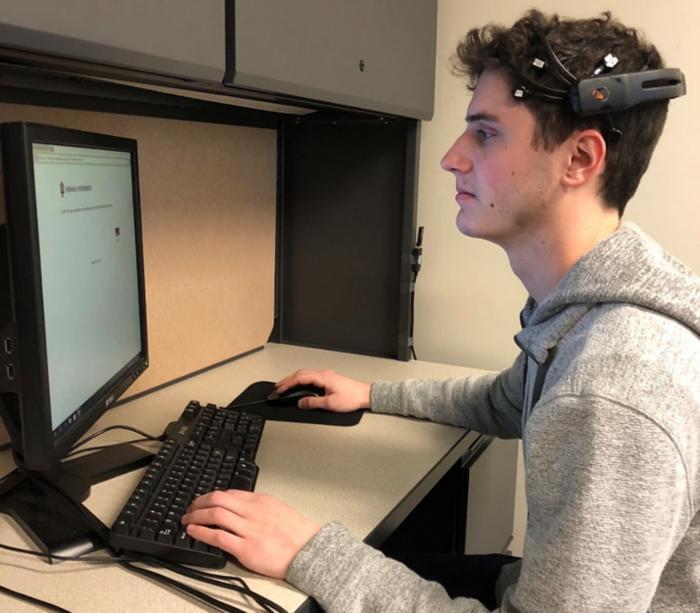Explore the fascinating world of Artificial Intelligence (AI) in this insightful video from Code Institute’s Programme Director, Brian O’Grady, as he delves into the realms of Narrow AI, General AI, and the intriguing concept of Artificial Superintelligence. Discover the evolution of AI from narrow applications like chatbots and image recognition to the broader capabilities of General AI, which mimics human cognitive functions across multiple domains. Join us in understanding the theoretical challenges and possibilities presented by General AI, including its potential to transcend human limitations. The spotlight is on ChatGPT, a language transformer that steps into the realm of General AI, showcasing its ability to synthesize knowledge across various domains and navigate the ambiguity of human language. Dive into the discussion on the probabilities and learning processes associated with language models, bringing us closer to the realm of true AI. The video also touches on the theoretical concept of Artificial Superintelligence, a level of AI that surpasses human intelligence across all aspects. While we may be far from achieving this level of AI, the ongoing advancements in technologies like quantum computing suggest an exciting future. Join us on this journey through the AI landscape, understanding the present and envisioning the possibilities that lie ahead.
